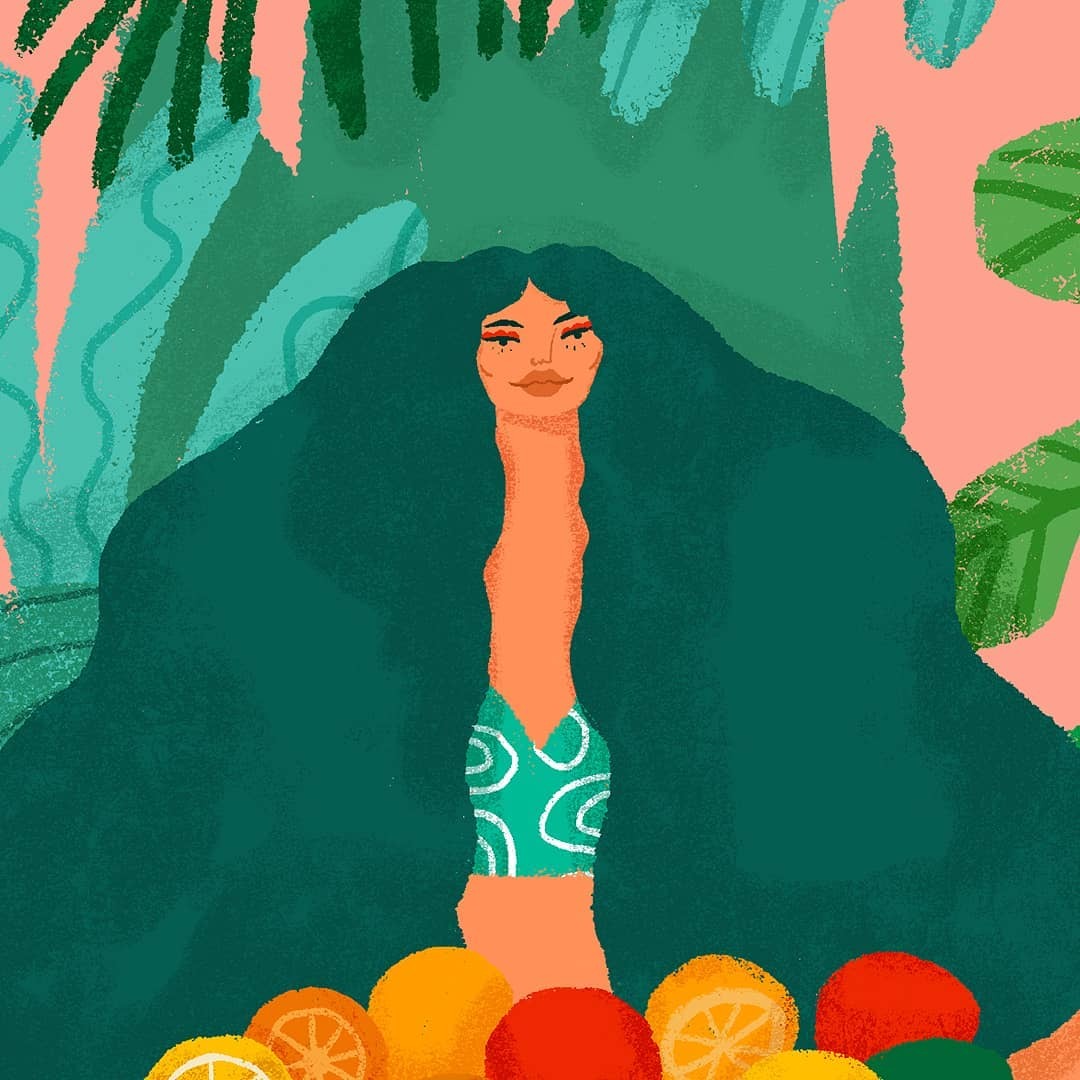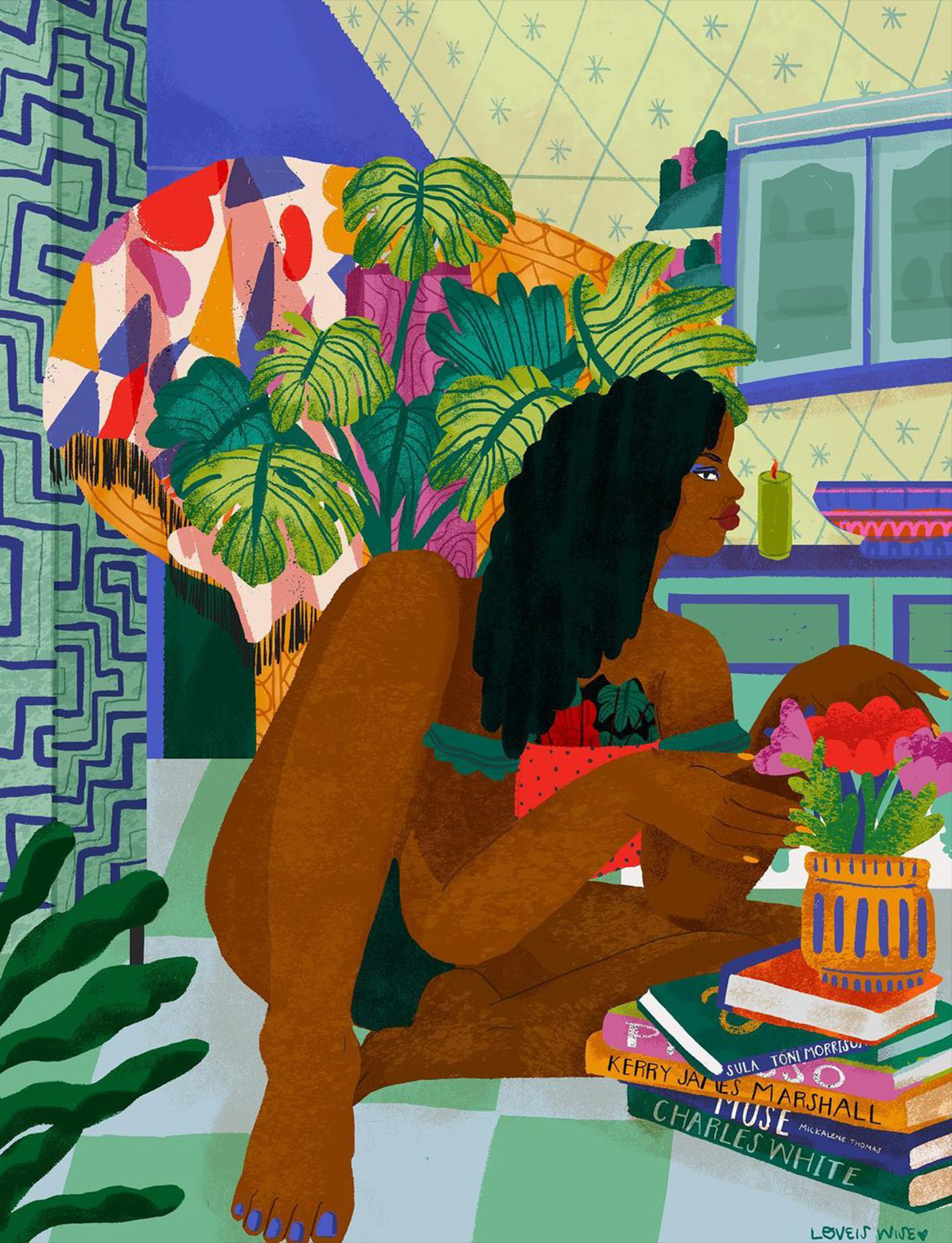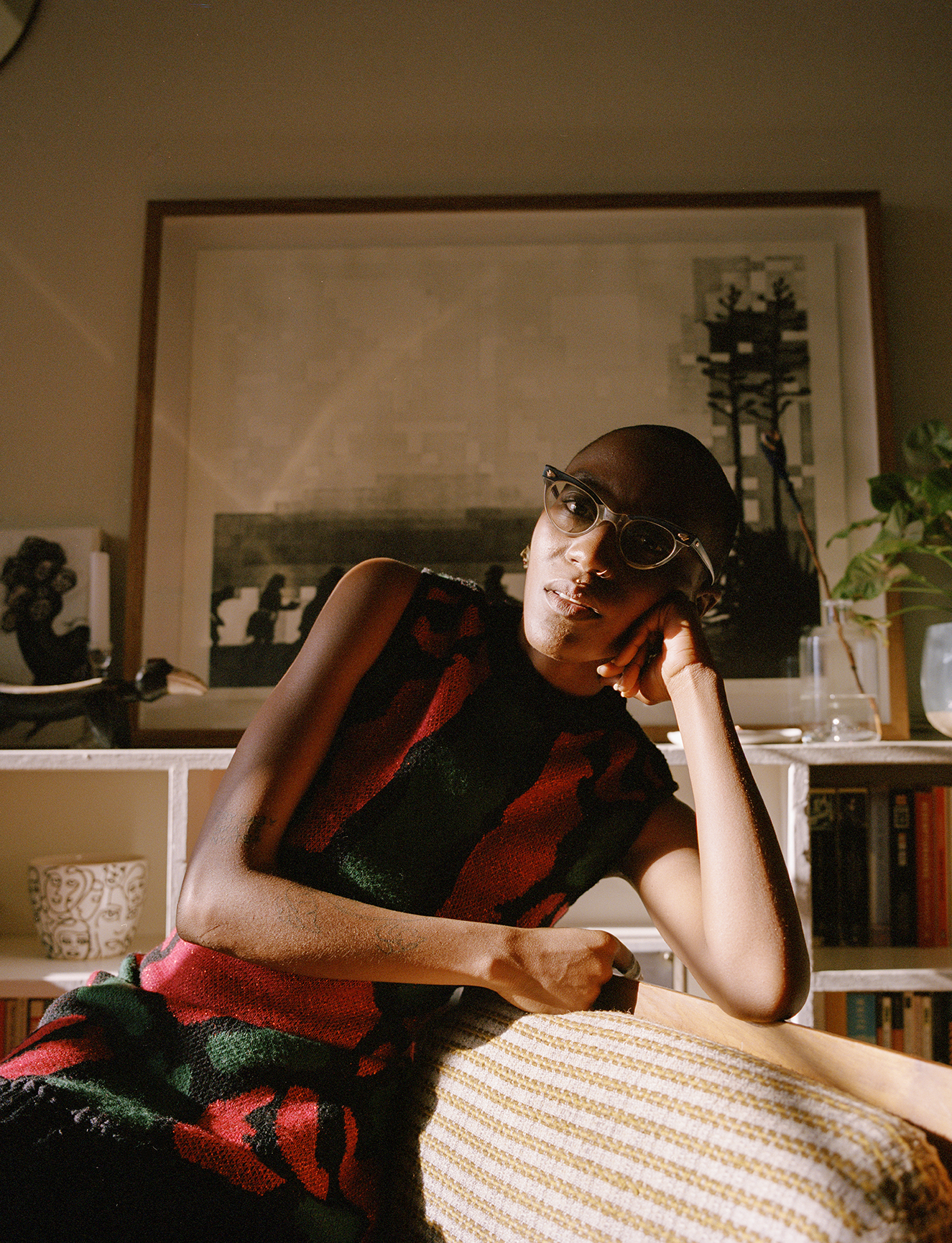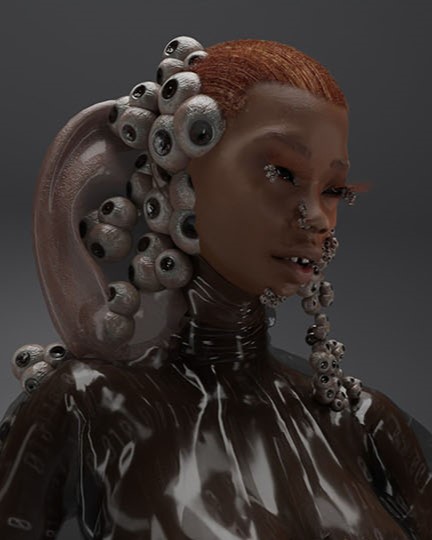How has Los Angeles shaped and influenced your work?
L.A. has shaped and influenced my work mainly, I think, by the different communities and different landscapes I’ve gotten to find here. I’ve been so immersed in nature since moving to L.A., going on hikes and road tripping much more than I’ve ever been able to. There is also a really beautiful art community, so much of coming out of here has been like super inspiring.
Are you possessive of your ideas as an artist?
In some ways, but I feel that recently I’ve been trying to let my ideas become a little bit more free, and not be so tied to what I think that they should be or how they should live. Instead, giving them the space to take shape however they might want to in the world. I’ve been trying to practise having a lot less attachment to my ideas.

You talked a bit about the creative community in L.A. What’s your kind knowledge and idea exchange like with other creatives? Would you say you’re on a creative scene, and do you work in a shared studio?
I wouldn’t say that I work in a particular scene, per se. But I do have a studio in Lincoln Heights that I share with a few other different artists. I just got this new studio two months ago, post travelling and other stuff. It’s a shared space in which a lot of us do a lot of different sorts of work, but most of the folks in the space are primarily painters or interdisciplinary artists. So it’s really cool to just be able to bounce around and see what folks are working on.
I feel like different versions of me have arrived
When did you feel you’d arrived as an artist?
Do I feel like I’ve arrived? I feel like different versions of me have arrived. Do you know what I mean? I feel like different versions of me at different points in time have arrived at certain levels, where I thought, “Wow, this is a dream for me.” But then you move on, and get to a point where you think, “Ah, I feel like a new version of myself wants to be born, creatively.” And now I’m in that space.
I think there’s also the feeling of reaching a certain point, feeling you’ve arrived, and then a year later looking back and thinking, “Oh, I had no idea. I had so much left to learn.”
Exactly that. I’m also in that space right now, the space of just looking at myself and thinking, “I have so much more that I need to learn and so much more that I need to do, to give myself the space to explore.”

And then perhaps relatedly, you have a very distinctive visual style, how did you arrive at it? And how did you know you’d found ‘your’ style?
I think when I really found myself as an artist, I was looking at so many different artists that I loved and enjoyed. I was an art student at the time, and I was taking this figure drawing class that was all about expression and fluidity and finding your own shape and finding your own style, developing a relationship to your own hand and your voice, and merging those two. That class really taught me a lot about how to get comfortable with my own voice, while taking bits of things that I loved about different artists.
So I was taking little bits and pieces of things that I loved and rearranging them in my own voice, and then drawing in that voice and developing a relationship to it. And then I just kind of got comfortable with it. Even now I think that that voice is changing so much, even against my own will: sometimes I think I might draw one way and then it ends up being something completely different. It showed itself to me in this really magical way that also showed me that it’s always subject to change.
Do you try to draw a clear line between life and work or does it all blend into one?
There is a lot of work-life balance now, and I felt like, for a long time, I was fighting for that. Because before my studio was in my house, all of my work is usually remote, so it was easy for me to just merge my work and my personal life, and I became less boundaried with work, and it just really affected my mental health. So now I feel like it’s important for me to not work at home, in order to be able to create a lot of separation between the two. Even now I barely talk about work with friends, I like to keep my work secret and special, and separate.
I like to keep my work secret and special

You’ve created covers and illustrations for a great wealth of editorial projects, including children’s books and covers for The New Yorker. What do you think makes a successful illustration for specifically an article or written piece? Do you try to add new meaning or depth to the piece or simply draw out what’s being said?
When I’m working on literary projects I try to include some depth and meaning, or I try to take on projects that I feel closely related to, that speak to the things that I feel most connected to. When I feel connected to a project, I’m able to insert in a bit of my voice and a bit of how I want something to feel, and then I can draw that up in what I’m creating and what I’m making. Then sometimes folks will say, “Draw exactly this, make it look just like this.” That’s also fine too, I can also just do that. But yeah, I like to really draw on things that have a lot of meaning, and come at it with a poetic approach.
When it comes to a client like The New Yorker, who have a very specific and prestigious design legacy, how do you approach creating a cover that still feels true to your style?
I think Françoise [Mouly], the art editor, is so brilliant in the way that she chooses artists who are just so naturally good at doing what they do. I think people think that you have to have this certain style or look, where in reality there’s a million and one brilliant and beautiful styles, and really unique and special voices who all could produce work for that publication. There is so much openness at The New Yorker, and they’re so focused on choosing work that is fresh and innovative and playful or serious or just super smart. I think the best advice is to just approach it using your own voice, and don’t worry about it ever having to look like one certain way of being, or that each piece has to be so precious or prestigious.

When do you feel most creatively satisfied?
I’m presently in a space of just wrapping up a tonne of work, and I’m in this rest space but I’m also thinking so much about like, what is next? I think that part scares me. So I’m going to definitely not say I feel most creatively satisfied when things are done.
I feel that when the fruits of my labour are at a point where I’m able to share a piece, and when I’m able to connect with folks on it, and just rejoice in what I was able to be a part of, and sit with my gratitude for that; that’s when I feel very creatively satisfied, when I have that feeling. I know that I’ve just done something that really means a lot to me, and that feels really good.
Do you feel that you make art so that you can connect people?
Absolutely. I feel like a lot of the ideas that come to me are about connection and are about life and community and love, at its root, and all of these things are really beautiful connectors. I think that’s where I shine the best at, when I’m able to create something that someone else can think, “Ah, I resonate with that, where I feel that so deeply.” That gives me joy, that’s why I make the things that I do.
Read More: Storytelling With Ismaila Rufai






